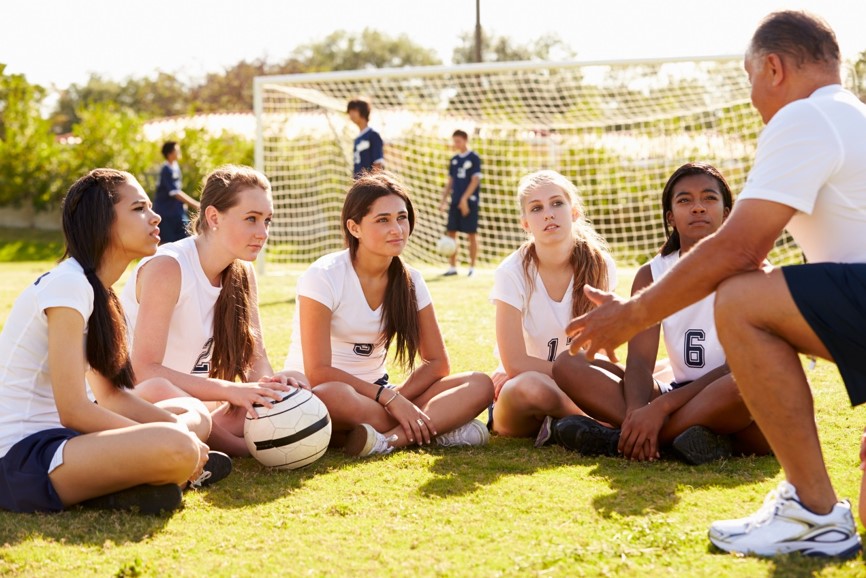What Are the Elements of Effective Practices?
Good planning and good execution are fundamental to running an effective practice. Even a plan made on the back of an envelope as you commute home from work is better than walking into practice cold, telling your young charges to take a few laps for warm-ups, and then trying to figure out what you will do in practice that evening.
1. Sharp Starts
Warm-ups can serve not only to warm up the athletes’ bodies but also to serve as the clear and unambiguous start of the practice. As your athletes rotate from one phase of the practice to another, the first minute of each phase is by far the most important minute. Sharp starts with brief, clear instructions outlining what you want your athletes to do during this phase of the practice dramatically increase the efficiency of your workouts. Do not use this first minute to speak with an individual athlete, discuss issues with an assistant coach, or simply take a deep breath and relax. Any task that intrudes in the first few moments of each successive phase of the workout will result in many, if not most, of your athletes waiting to begin or beginning haphazardly without your leadership. This is especially true with young, inexperienced athletes.
2. Old Skills, New Skills
A regular cycle of reviewing previously taught skills followed by the introduction of new skills permits the necessary repetition to master the previously taught skills while providing athletes with new skills, a procedure that promotes both enhanced motivation and systematic progress.
3. Modified Games
Modified games are more complex than basic drills, providing the athletes with more variation and more opportunities to make game-like choices (e.g., passing the ball to the open man rather than the guarded teammate). They also often allow you to use scoring criteria, which teach athletes to focus on important parts of the skills (e.g., bonus points for scoring a goal in soccer within a yard of the goal post instead of shooting directly toward the center of the goal where the goalie could easily block the goal).
4. Scrimmages
Scrimmages simulate “real games” but permit you to stop the action periodically to reinforce a learning point. For example, after a fast break has occurred, you can stop the game, have players rethink the choices they made and explore alternative choices, and reinforce good choices. Players can then run through the situation again applying some of the alternatives. Scrimmages allow coaches to capitalize on “teachable moments” that arise during the flow of a game but normally would fade into the next phase of the game.
5. Conditioning
As young athletes reach the ages where conditioning is appropriate, you can integrate skill learning and conditioning. Teaching dribbling technique with the ball can be combined with having your athletes run laps for endurance in sports such as basketball or soccer. In sports such as soccer, field hockey, basketball, and lacrosse “hollow sprints1” can prepare young players for the start/stop running that characterize these sports.
6. Post-Practice Evaluation
A brief assessment of the effectiveness of each practice can help determine what should be done in the next practice, what was unsuccessful and perhaps should be eliminated, and what should be adjusted for the next practice. Even a brief evaluation can prevent a succession of ineffective practices and coordinate systematic progressions from practice to practice.
1. Hollow sprint: Run in file with 4 or 5 runners of comparable running speed running at half pace. The last runner sprints to the front and then resumes running at half speed while the runner who is now last, sprints to the front. The sprint-jog pattern is similar to game requirements.
